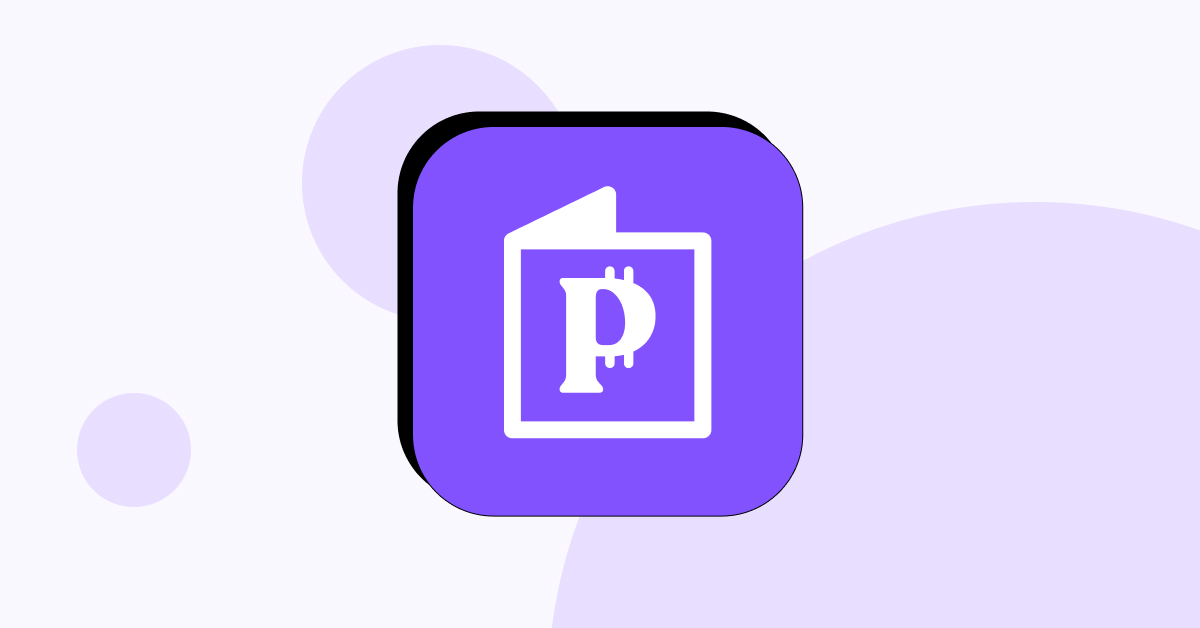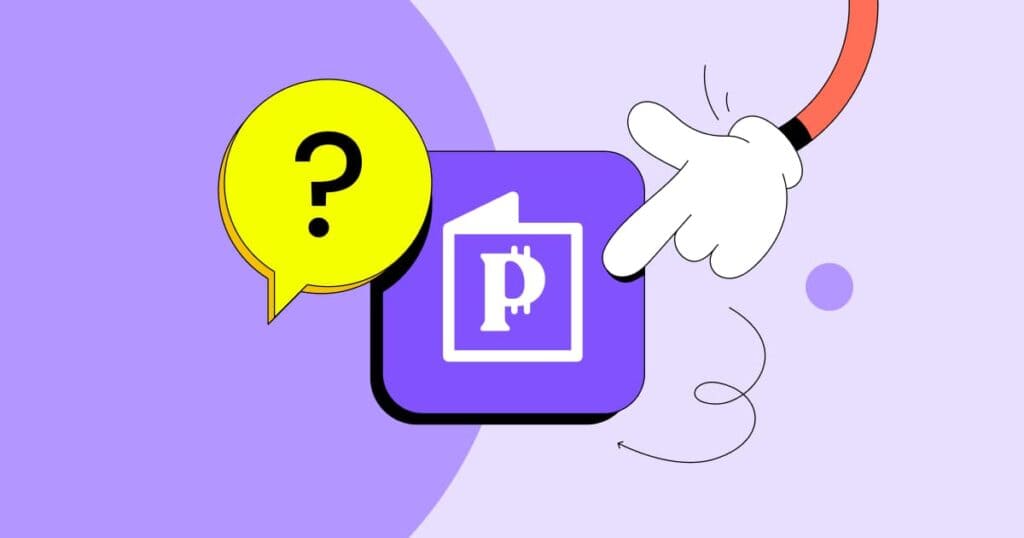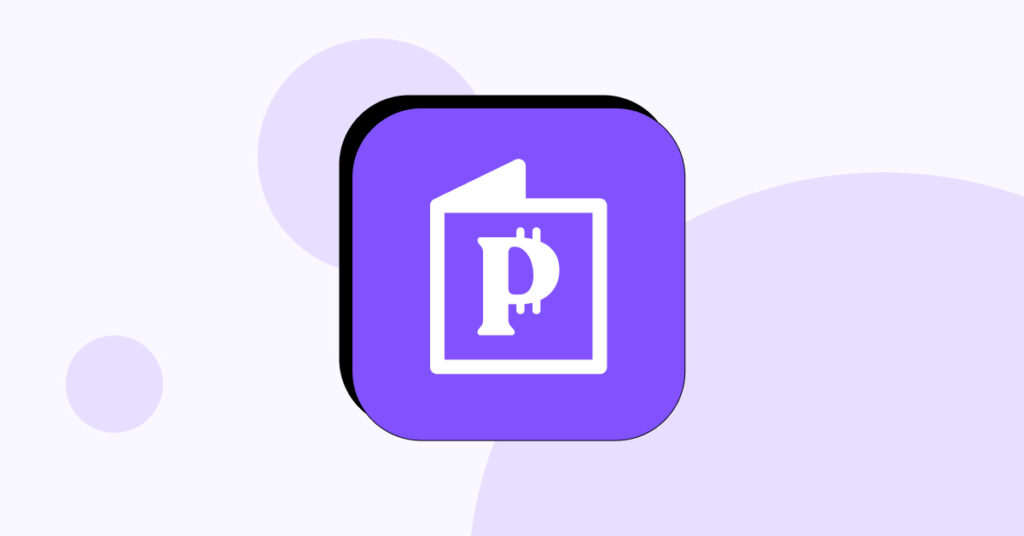Making a living from social media is a dream to many, but only a few are dedicated enough to become the face of their new venture. Earning from Facebook, TikTok, or other social platforms is hardly possible without making videos of yourself. That’s where YouTube stands out.
A YouTube channel can use only public domain content, animation, or voice-overs and still make a profit for its owner. It does not mean there won’t be any work to put in, but it can become an effective passive income strategy even for a beginner.
We’ll cover the basics of how to make money on YouTube without making videos in the traditional sense of vlogging or cinema. The rest depends on your dedication and finding a profitable niche.
13 Ideas to Make Money on YouTube Without Making Videos
With or without filming videos, to make money on YouTube, you must have many ideas to test. You’re unlikely to find a profitable niche on the first try, so you need as many ideas as you can get. Here are thirteen ways to break into the YouTube Partner Program (YPP) and start earning ad revenue.
Public Domain Content
Public domain content is no longer protected by intellectual property laws. Distributing such content will not bring you any penalty from YouTube or from civil law. It is free to use, modify, and, most importantly, monetize to make money on YouTube.
You can use public-domain movies, documentaries, pictures, songs, sounds, and everything else you can upload to your YouTube channel. The biggest challenge is finding public-domain content interesting enough to bring traffic for ad revenue or sponsorships.
Many opportunities are already taken by casual YouTubers and even research institutes or museums. To succeed, you’ll need good access to archives and the ability to add extra value to the original material. Many channels have seen success by coloring old video footage or adding their commentary.
Content Licensing
Individuals or companies often buy the rights to existing YouTube videos that have gained popularity and have the potential to attract significant viewership. There are two ways you can make money on YouTube from content licensing.
You can license your own videos or music to popular media outlets, and they will pay you royalties. The basic idea is to create content specifically for licensing purposes. There are special services and marketplaces for finding buyers and collecting royalties more easily.
The second method involves creating a YouTube channel that posts copyrighted content of other creators with their permission. Usually, it’s music albums or short films, but you can get some luck in other niches as well.
For creators, the benefit is that your YouTube Channel will provide a better reach for their art. Also, much of the revenue, especially from YouTube ads, will come to them. As a channel owner, you can build a brand and monetize the viewership in other ways.
Compilations
Similar to content licensing, your YouTube channel can find success in compiling popular or trending videos around specific themes. Cute animals, pranks, political commentary, nature, or anything else that you can find and group in one category.
Such compilations attract millions of views, which you can monetize for ad revenue or sponsorships. It’s also possible to host live sessions for improved revenue streams. However, it’s crucial to respect copyright laws and YouTube’s fair use guidelines when using other creators’ content.
Sometimes, you’ll need permission to use content available under Creative Commons licenses. In other cases, using only part of the content of others might be considered fair use. Be sure to always double-check, especially if you use content from other social media platforms.
AI-Generated Content
Even if you want to, you can’t ignore AI-generated content. It’s everywhere, including YouTube. Many channels base at least part of their content on AI-generated sounds, images, and video. There are even some YouTube channels that are entirely AI-generated, posting shorts and long-form videos.
YouTube’s algorithms don’t seem to like AI content that much, but you still can get into the YouTube Partner Program and monetize it. A more effective strategy is to base part of your content, or just thumbnails, on AI. But if you want to avoid making videos at all costs, starting a fully AI-generated channel is an option.
Automated YouTube Channels
YouTube channel automation is all about finding ways to have a profitable faceless channel with minimal human intervention. It usually relies heavily on AI-generated images, sounds, and video, but automation was known way before the rise of AI.
You can also use text, footage, images, animation, and sound or music that is copyright-free. Usually, the idea is to go with quantity over quality. Such creators set up automated processes to gather data and then publish as many videos as possible.
For example, some automated channels create short and long-form videos from Wikipedia and other open sources. They scrape the text, reshape it with AI, and then generate some images or use stock photos to go with automated narration.
As long as you have fresh ideas and technical skills to pull it off, you can make a channel that practically functions on its own. All you need to do is to cash out checks from ad revenue.
Channel Management and Collaboration
There’s much more to do with an active YouTube Channel than uploading videos. Engaging with the audience, making thumbnails, writing descriptions and titles with correct keywords, analyzing data, and other tasks.
Big YouTube creators don’t have the time to execute all of these tasks and make quality content. That’s why sites like Fiverr and Upwork are full of people who offer YouTube channel management services. If you are skilled in YouTube SEO and other related fields, you can offer your services and earn money.
It might be the most efficient way to earn money on YouTube without making videos yourself, and you don’t necessarily need to become a freelancer. Many find successful collaborations with creators who aren’t that good at hacking YouTube’s algorithms.
Reaction and Gaming Videos
Some YouTubers have built successful channels by creating content based on reacting to or reviewing other people’s videos. These creators add commentary, reactions, or analysis to popular or viral videos.
By leveraging the popularity of existing videos, these creators attract significant views and ad revenue without filming original content. A similar niche is to record yourself playing a popular game and add some fun commentary to it.
Some YouTubers use animated characters in these niches, but both options might still require you to film and, at least, record yourself. Still, using additional content to react to might be a more effective strategy to attract an audience.
Reaction and gaming videos don’t have to be all there is to your YouTube channel. It can be an extra method to attract viewers and make money on YouTube while you make money from vlogging, for example.
Educational Content and Whiteboard Animation
Chances are you have something to teach others about. It could be a complicated topic, like physics or a foreign language, but it can also be something simpler, like the history of your town. It’s all about hitting the right balance between educational and entertaining.
You can earn money, and you don’t need to film anything if you don’t want to. Many educational channels rely on animations or whiteboards to explain complicated topics. The source material and your knowledge are more important than your face.
Narration Over Slideshows or Screen Recordings
Dozens of YouTube channels show nothing but a slideshow or a screen recording without a face. Often, they don’t even have any audio, just some music and text. Yet, these channels attract millions of viewers because they solve some specific problem.
Many such how-to videos are often about programming or computing in general, but there are many other niches to fill with simple narration over a slideshow or a screen recording. As long as you can solve some specific problems, you can make money on YouTube with such videos.
Relaxation Content
YouTube is a place to relax as much as a place to learn and work. Various relaxation niche channels – guided meditation, white noise, nature sounds, ASMR, ambient music, and others make money on YouTube without filming videos.
These creators have millions of views and thousands of subscribers, so getting into a YouTube partner program is definitely possible. The biggest difficulty will be standing out as the niche is quite crowded with creators.
You will need to find some creative angles to relax and create high-quality content. It’s also crucial to get really good at optimizing YouTube video descriptions, titles, thumbnails, and all else that can get you noticed.
Audio-only Content and Music
Relaxation isn’t the only niche in which you can be successful without creating video content. There are also podcasts, various audiobooks, and music videos. These niches are some of the most profitable for running YouTube ads as long as you keep your audience interested.
Many channels are successful in creating music collections for specific genres or topics. Just make sure to comply with copyright rules and not fall away from fair use policies. These issues can be avoided if you run your own podcast or narrate public-domain audiobooks. Read this post on how to make money podcasting.
Starting might seem easy. That’s why there are so many podcasts these days, but standing out and consistently delivering entertaining content can prove to be difficult. It’s a good idea for those who have a soothing voice and are into some trending niches.
Voice-Over Narration
If you have good diction and a pleasant voice, consider offering voice-over services to YouTubers or businesses. It may involve reading books aloud, narrating explainer videos, documentaries, or voicing characters.
You will need to collaborate with video creators to add the most value, but you won’t need to become the jack of all trades to become successful. You can even make a living with good narration skills and a home studio without making video content yourself.
Transcribing and Scriptwriting
Every YouTube content creator wants to make their videos accessible to a larger audience. One of the best ways to do it is to use quality subtitles in various different languages. Transcribing and translating videos, especially if there is no strict script made beforehand, takes a lot of time.
If you can write fast, you can offer your services to YouTubers and charge per minute for video transcription. If you know any languages with large audiences, you can make even more money by translating the texts you transcribe.
If you are a good writer, you can also find work by writing scripts for YouTube videos. Depending on the niche, it can involve lots of research and insider knowledge, so you might need to specialize. This way, you can make decent money without creating any video content yourself.
Tips for Success on YouTube Without Making Videos
No matter how good your ideas are, nothing will come of it without proper implementation. It’s best if you do your own research studying other YouTubers, but here’s what we found working for profitable YouTube channels.
- Find Your Niche. YouTube channels that make a profit tend to gather a community and reflect the interests of the creator.
- Mind the Rules. Follow YouTube’s community guidelines and monetization policies. Ignorance of the rules does not excuse you from them.
- Use YouTube SEO. Not everything relies on your video quality. Learn the basics of optimizing your titles, video descriptions, keywords, thumbnails, and all else to help gain traction.
- Employ Effective Marketing. Self-promote your channel with shorts, comments on videos of other channels, collaborations, and, most importantly, engaging with your audience.
- Diversify Your Income. While many channels make ends meet from the YouTube Partner program, it might not be enough at the start and in the long run. Diversify your revenue streams by using various affiliate programs for YouTubers.
- Keep Learning. Trends and YouTube’s algorithms are always changing, so don’t take what you know as set in stone. A good idea is to have some sandbox channels where you could test new ideas.
Success Stories of Non-Content Creator YouTubers
While success stories typically revolve around personalities, you can earn on YouTube without making videos with your face or even voice. We have selected a few examples showcasing different strategies that have proven to be successful.
CGPgrey – A widely popular educational content creator best known for unique animations and well-researched videos. It’s a great example of how to make money on YouTube without making videos with your face.
Free Documentary – YouTube channel housing dozens of documentaries on various topics with nothing but video footage and narration. There is no host, just the narrator, but you will still be entertained.
Cartoon Home is one of the many channels that crop scenes from popular movies and TV shows to gather millions of views. The creator’s face, name, or even voice isn’t used while making the videos.
Financian – another channel that creates shorts with millions of views. This one focuses on business and motivational tips.
Jukin Media channel – posts videos of other people and makes them go viral while helping creators collect royalties. The selection of videos is vast but mostly aimed at entertainment.
HALIDONMUSIC – channel posting copyright-free classical music in hours-long compilations with millions of views. Some are aimed at relaxation or focus, others at presenting specific authors and instruments.
Conclusion
Anyone can create a YouTube channel, but only a handful make money out of it. Even less makes money with faceless channels or without making any videos at all. Your best chance is to stay consistent and build multiple channels with different ideas until something catches wind.
FAQ
Can I make money on YouTube without showing my face or voice?
There are many ways to make money on YouTube without creating videos of yourself. Some, like transcribing, channel management, or narration, involve working with those who create videos. Other strategies revolve around automating your uploads, using animations, creating compilations, and similar.
What niches are best for making money on YouTube without creating videos?
Some of the best niches for a faceless YouTube channel are creating shorts, compilations, relaxation videos, and reaction videos. In the end, it all depends on your skills and the ever-changing trends.
How long does it take to start making money on YouTube without videos?
As with all YouTube channels, it will take some time for your videos to get monetized by the YouTube Partner Program. The review process itself can take from several weeks to a couple of months. You must be prepared to create content for at least half a year before starting to make money.















